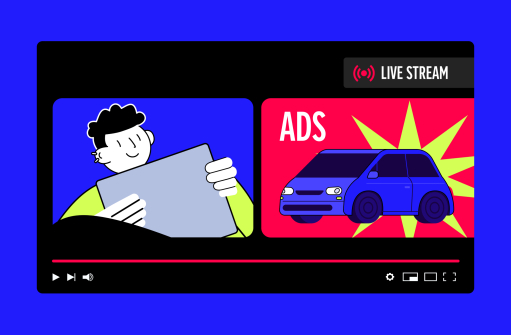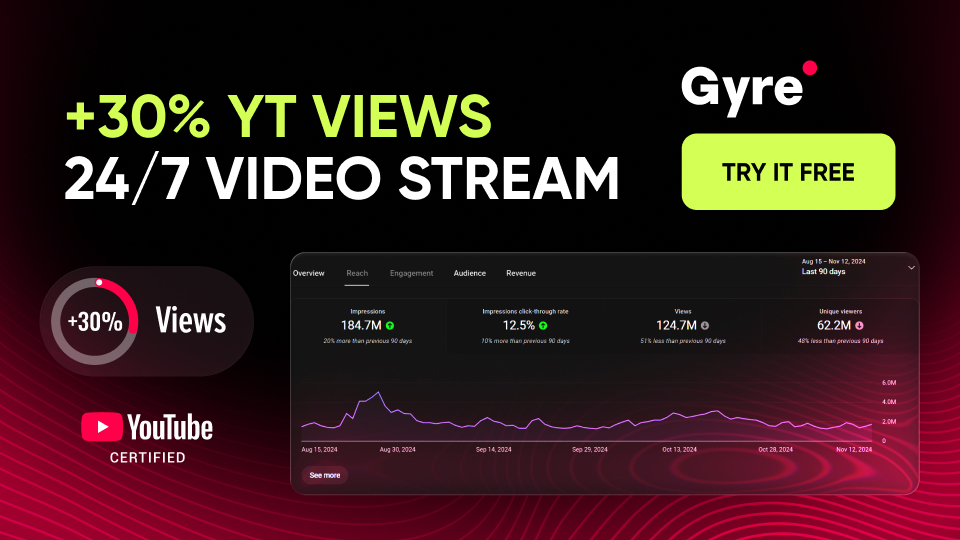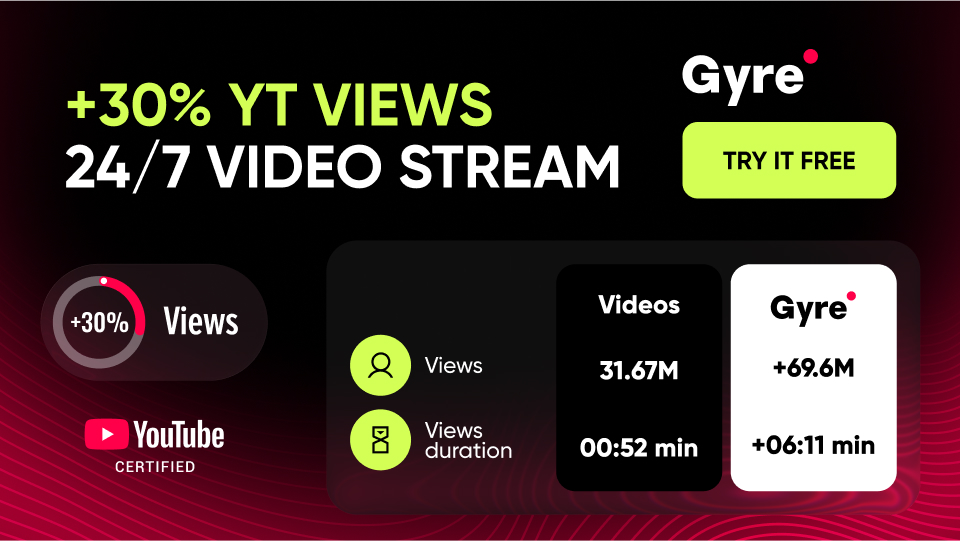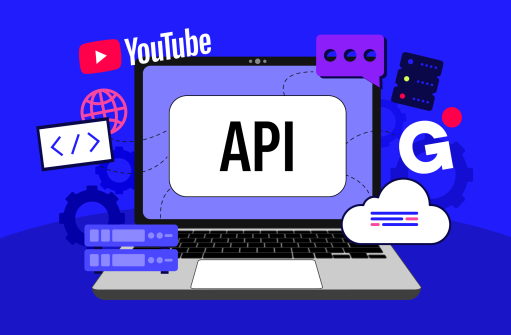What is Dynamic Ad Insertion?
How Server-Side Ad Insertion Works
At its core, dynamic ad insertion uses server-side ad insertion (SSAI) to stitch ads directly into a video stream. Instead of a user’s device pulling an ad (client-side), the ad server merges content and advertising before sending a single uninterrupted feed to the viewer.
This method makes ads:
- Seamless – no buffering, no clunky breaks.
- Ad-block resistant – ads are part of the stream itself.
- Personalized – using programmatic video ads and viewer data like location or device.
Personalized Ads in Real Time
DAI means one viewer may see a fitness brand while another sees a tech gadget, even during the same break. This real-time ad personalization increases viewer engagement metrics, boosts CPMs, and provides smarter ad revenue optimization.
Static vs. Dynamic Ads
Static ads are pre-set and often irrelevant. Dynamic ads adapt in real time, driven by ad server integration and automated ad placement. For streamers, that means monetization across platforms without forcing the same message on everyone.
What YouTube Already Offers for Live Stream Ads
Here’s where we need to separate future-facing DAI from what’s available today inside YouTube Studio.
Pre-Roll, Mid-Roll, and Post-Roll Ads
Creators can monetize with pre-roll, mid-roll, and post-roll ads during live broadcasts. Mid-rolls can be automatic (inserted by YouTube at regular intervals) or manual (you trigger them in YouTube Studio).
Side-by-Side Ads
One of the newest formats is side-by-side ads, where ads run next to the stream rather than interrupting it. This creates a seamless ad experience for viewers and new revenue opportunities for creators. YouTube updates show that formats like these are expanding quickly.
Ad Frequency and Interval Control
YouTube lets streamers manage ad frequency adjustment with set intervals: 6, 12, 18, 24, or 30 minutes. This helps balance monetization with viewer retention.
Analytics Integration
Through YouTube analytics, creators can track live stream analytics, including drop-offs during ads. This data is key for improving ad break timing and boosting YouTube video performance.
Why This Matters for Creators
YouTube doesn’t yet provide full SSAI-level personalization for every stream, but the elements it has introduced — automatic placement, side-by-side ads, flexible intervals, and analytics — already bring parts of DAI to the platform.
For creators, this means:
- Better monetization without overloading streams with static ads.
- Improved viewer engagement thanks to less disruptive ad formats.
- More control over when and how ads appear during live content.
And for niches like gaming channels, music creators, educators, and fitness streamers, these tools make it easier to monetize naturally.
Conclusion
Dynamic ad insertion is shaping the future of online broadcasting. While full SSAI workflows are still primarily used in OTT and broadcast environments, YouTube has already adopted key features like automatic mid-rolls, side-by-side ads, and interval controls.
For creators, the takeaway is clear:
- Learn how DAI works to prepare for where streaming is headed.
- Use YouTube’s current ad tools to optimize live stream monetization today.
- Track your viewer engagement metrics to refine placements and maximize results.
Monetization on YouTube is evolving fast. Smarter ads are already here — and more dynamic options are on the way.







